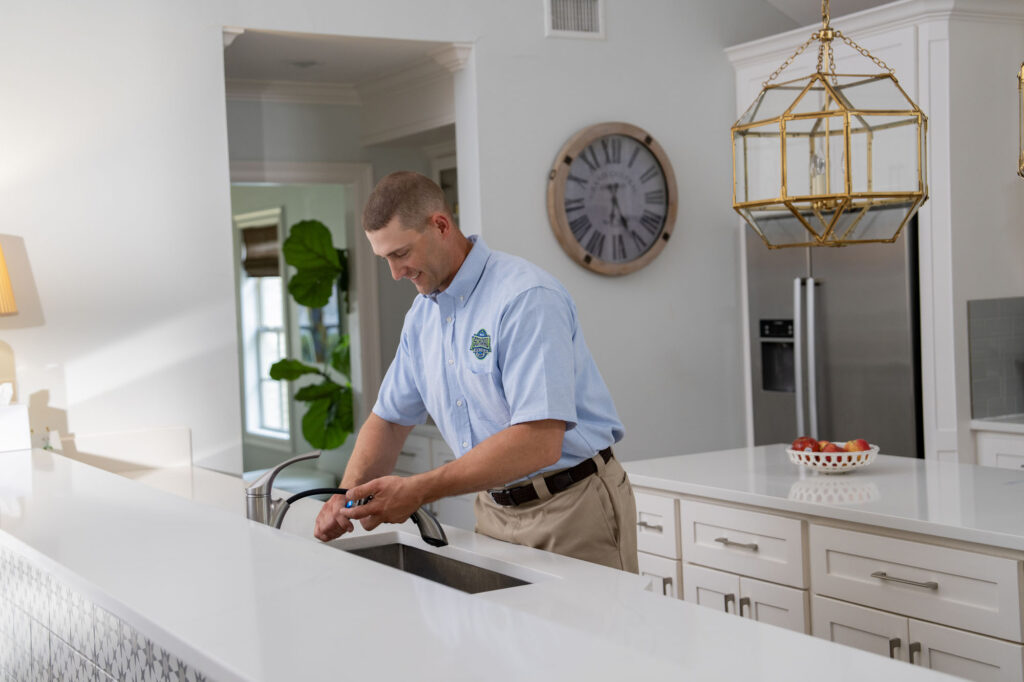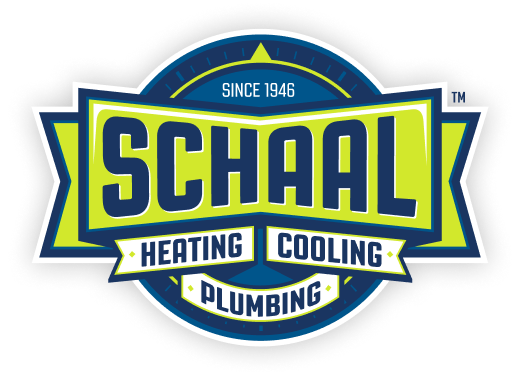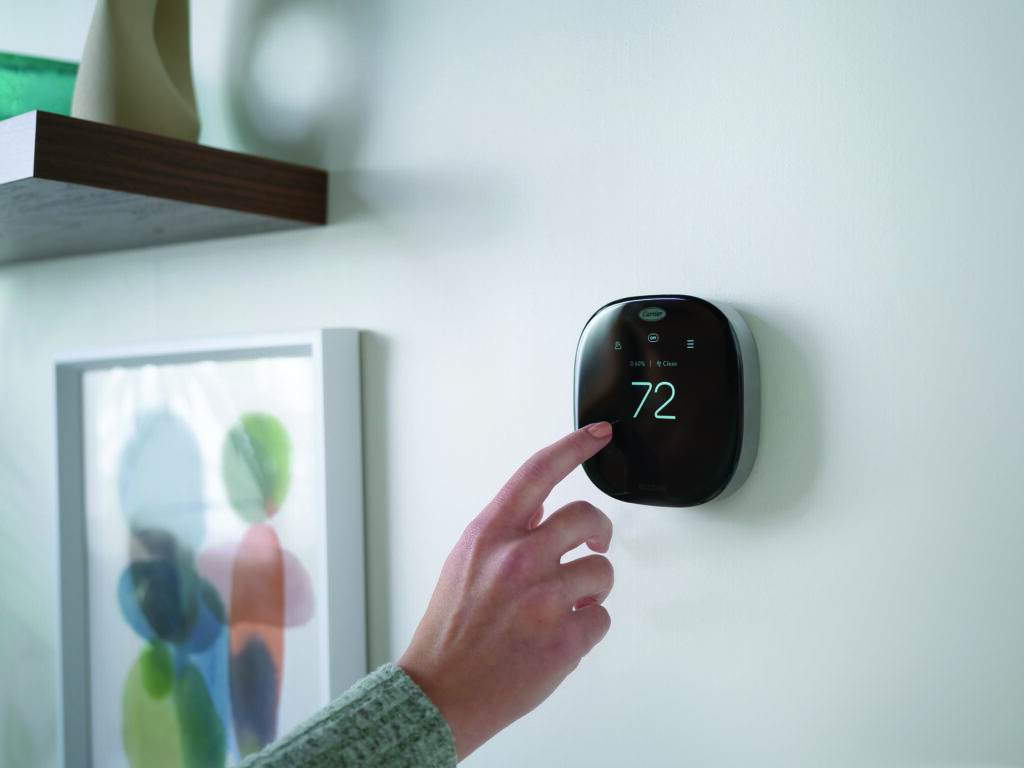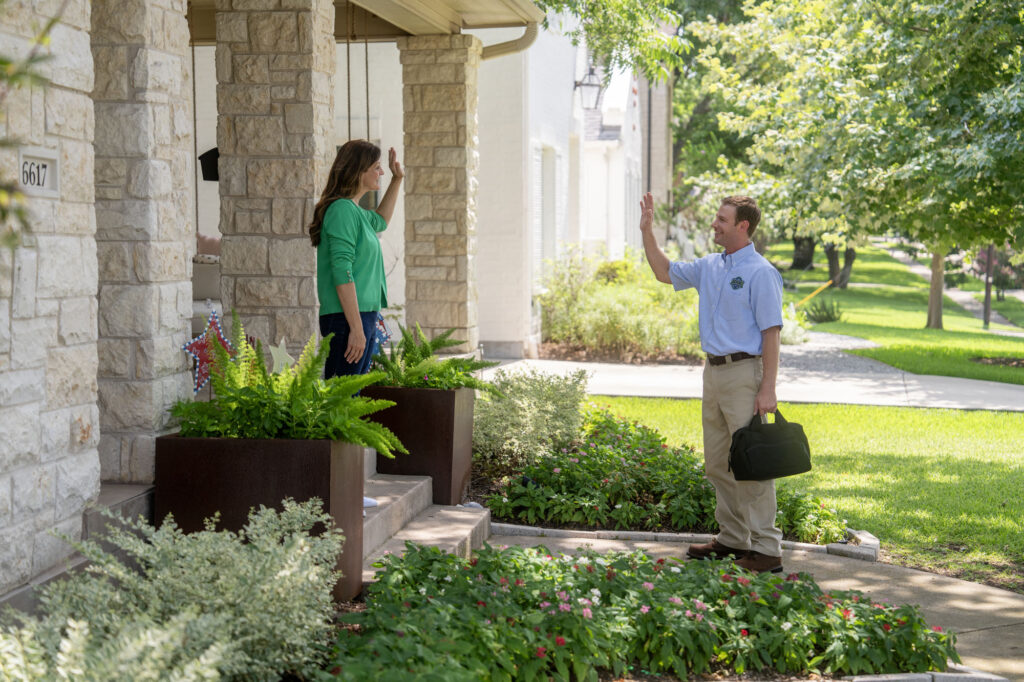
Blog
How to Unclog a Garbage Disposal with Standing Water

Standing water in your sink is more than an annoyance. It can disrupt your whole kitchen routine. While some clogs require professional help, there are DIY steps you can take to remove smaller blockages.
Let's explore how to tackle this common kitchen issue and understand when it's time to call a professional.
Safety First: Before You Start
Before attempting any garbage disposal repair, safety must be your top priority. NEVER reach into the disposal with your hands, even if the unit’s off. Before you start, unplug the unit from under the sink, or if you can't access the plug, turn off the circuit breaker that powers the disposal.
Ways to Unclog Your Disposal
1. Remove Standing Water
Start by addressing the standing water:
- Place a large bowl or bucket under the sink's P-trap
- Use a cup or ladle to remove as much water as possible from the sink
- Place towels around the sink to catch any spills
2. Check for Visible Obstructions
Once the water is removed, shine a flashlight into the disposal. Look for obvious blockages like utensils, bottle caps, or large food pieces. If you spot something, use pliers or tongs – never your hands – to remove it.
3. Try the Reset Button
Clogs will often happen when your disposal gets overloaded and shuts down. Look for a red or black reset button on the bottom of the unit. Press it and wait 30 seconds before testing the disposal.
4. Use a Plunger
If your garbage disposal still won’t drain:
- Fill the sink with a few inches of water
- Place a sink plunger over the disposal drain
- Plunge vigorously several times
- Remove the plunger and run cold water to test drainage
5. Try Natural Cleaning Methods
When basic steps don't work, try this natural cleaning approach:
- Pour 1/2 cup baking soda into the disposal
- Add 1/2 cup white vinegar
- Wait 15 minutes while the mixture fizzes
- Flush with hot water for 30 seconds
When to Call a Professional
While these steps often help with minor clogs, some situations require professional attention. Watch for these signs it’s time to call in a kitchen plumber:
- Disposal makes unusual noises but won't run
- Water backs up into other sinks
- Clogs return frequently
- Disposal hasn't worked properly for several days
- You detect foul odors from the drain
Preventing Future Clogs
The best way to handle disposal clogs is to prevent them. Always run cold water while using the disposal, and avoid putting these items down your drain:
- Fibrous vegetables like celery and corn husks
- Coffee grounds and eggshells
- Grease, oil, or fat
- Pasta, rice, or bread
- Bones or fruit pits
Maintaining Your Garbage Disposal
Regular maintenance is the best way to prevent clogs. To maintain your disposal, run cold water for 15 seconds before and after each use. Additionally, once a month, grind ice cubes to help clean the blades. These simple habits can significantly reduce clog risks.
Talk to a Garbage Disposal Expert
Trust the experienced team at Schaal Plumbing, Heating and Cooling for stubborn garbage disposal clogs. With over 75 years of plumbing expertise in Des Moines homes, our skilled technicians can quickly diagnose and fix any disposal issue.
Call Schaal Ya'all at (515) 207-6042 for professional garbage disposal service!




